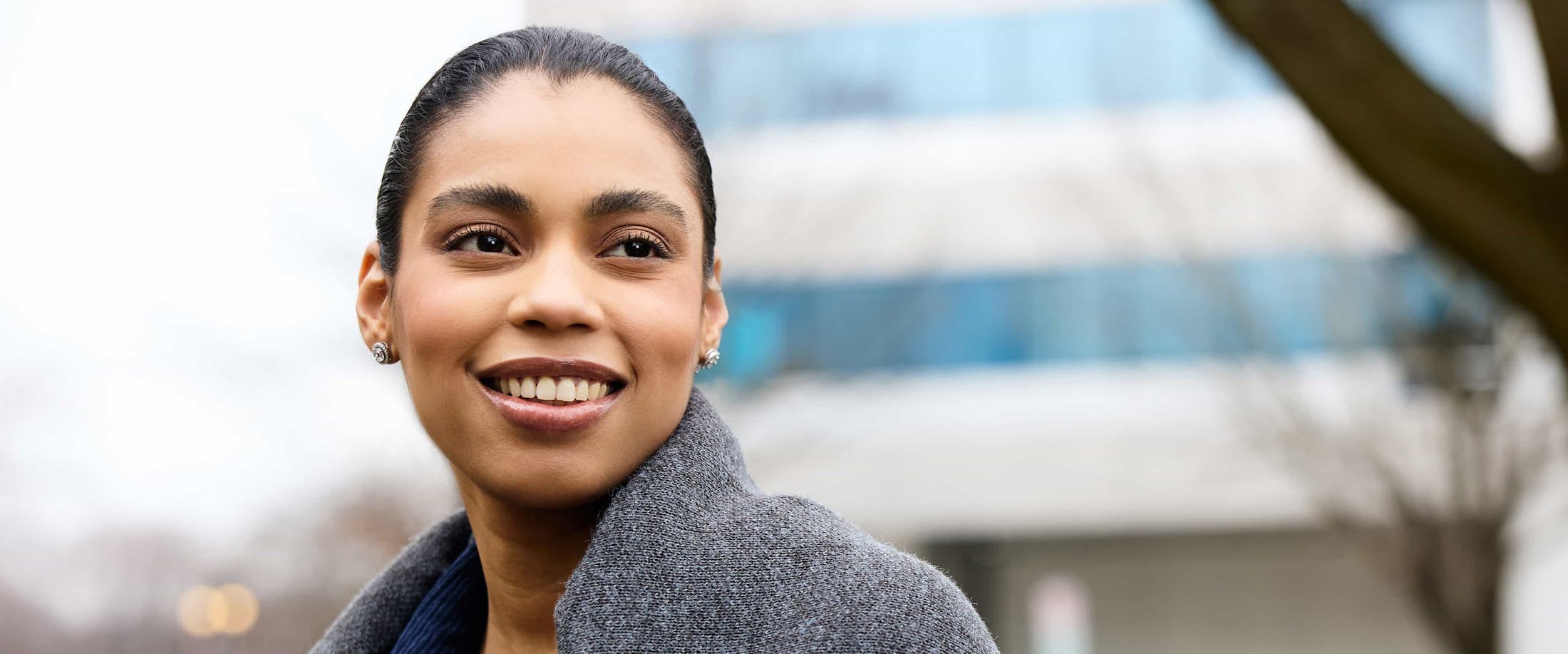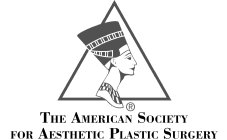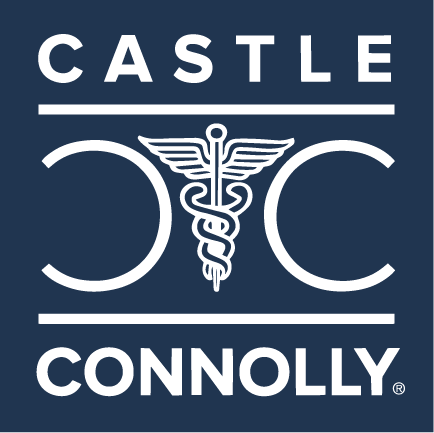Eyelid surgery, or blepharoplasty, is a transformative facial procedure designed to restore a youthful, refreshed appearance by addressing signs of aging around the eyes. Whether you are experiencing drooping upper lids, puffiness, or sagging under the eyes, Dr. David Parizh offers expert surgical solutions that enhance your natural beauty while maintaining your unique expression. Through personalized care and meticulous technique, Dr. Parizh helps patients achieve results that are subtle, balanced, and long-lasting.
Blepharoplasty Overview
Dr. Parizh Facial Plastic Surgeon in Long Island introduces his Blepharoplasty
Long Island Blepharoplasty with Dr. David Parizh is an effective solution for sagging eyelids and under-eye bags, helping you look more refreshed, youthful, and awake. Whether you’re considering upper or lower eyelid surgery, Dr. Parizh offers natural-looking results to rejuvenate your appearance.
Contact Dr. Parizh's office to learn more about how this procedure can enhance your look.


Why Choose Dr. Parizh for Blepharoplasty in Long Island?
With more than a decade of focused experience in reconstructive and cosmetic surgery, board-certified plastic surgeon Dr. David Parizh is recognized across Long Island for delivering natural, rejuvenated results. His approach to eyelid surgery emphasizes precision, safety, and a deep understanding of facial aesthetics, helping patients look more refreshed while preserving their unique features. Dr. Parizh is known for his warm, personalized care and commitment to surgical excellence.
- Earned his undergraduate degree from CUNY Hunter College
- Completed both a master’s in Neuromusculoskeletal Medicine and a medical degree at the New York College of Osteopathic Medicine at NYIT
- Received extensive training in General Surgery, Plastic Surgery, and Burn Surgery at top institutions, including NYU and the University of Cincinnati
- Active member of ISAPS, ASPS, and FACS
- Founded the Parizh Foundation in 2018 to support both global and local health causes
Schedule your consultation for blepharoplasty in Long Island with Dr. Parizh today and explore your path to brighter, more youthful eyes.
Blepharoplasty FAQs
Can blepharoplasty improve vision?
Can I have upper and lower eyelid surgery at the same time?
Will eyelid surgery correct dark circles?
What’s the difference between blepharoplasty and ptosis repair?
Are there non-surgical alternatives to eyelid surgery?
How long do blepharoplasty results last?
How soon can I wear makeup after eyelid surgery?
Will there be visible scars after eyelid surgery?
Can blepharoplasty improve vision?
Yes, particularly in cases where sagging upper eyelid skin obstructs the field of vision. Removing this excess skin can enhance peripheral sight and reduce visual fatigue.
Can I have upper and lower eyelid surgery at the same time?
Yes, combining upper and lower blepharoplasty is common and safe when performed by a qualified surgeon. It allows for comprehensive rejuvenation and a single recovery period.
Will eyelid surgery correct dark circles?
If dark circles are caused by shadowing from under-eye puffiness or fat displacement, lower blepharoplasty may help. However, pigmentation-related dark circles may require additional treatments.
What’s the difference between blepharoplasty and ptosis repair?
Blepharoplasty removes excess skin and fat for cosmetic or functional reasons, while ptosis repair involves tightening the muscle responsible for lifting the eyelid. In some cases, both can be done together.
Are there non-surgical alternatives to eyelid surgery?
Yes. Options like dermal fillers, BOTOX®, and laser treatments can provide mild to moderate improvement, especially for patients not ready for surgery. These are best for surface-level concerns and temporary results.
How long do blepharoplasty results last?
Results typically last 7 to 10 years, though the aging process continues. Many patients enjoy long-term benefits and may never need additional surgery.
How soon can I wear makeup after eyelid surgery?
Most patients can resume wearing eye makeup about 10 to 14 days after surgery, once incisions are fully healed and any residual swelling has subsided. Dr. Parizh will provide specific guidance based on your recovery.
Will there be visible scars after eyelid surgery?
Scars from blepharoplasty are typically minimal and well-hidden within the natural folds of the eyelids. With proper care, they fade significantly over time and become barely noticeable.




















